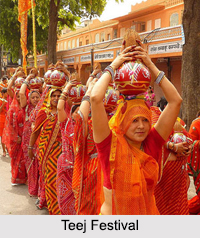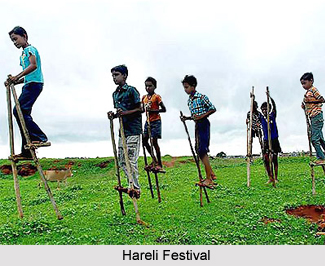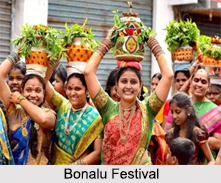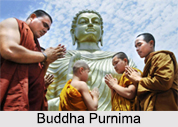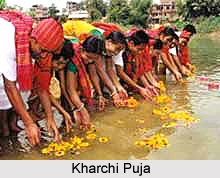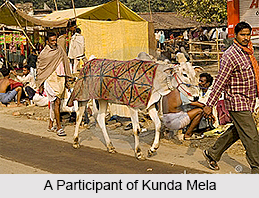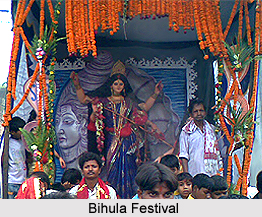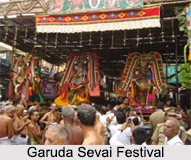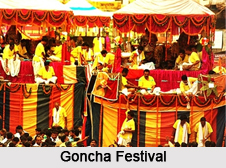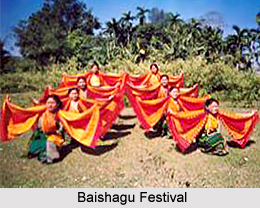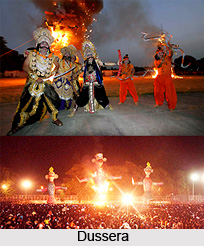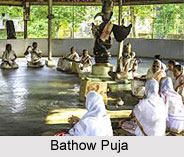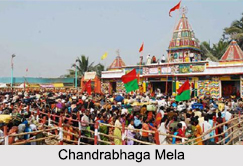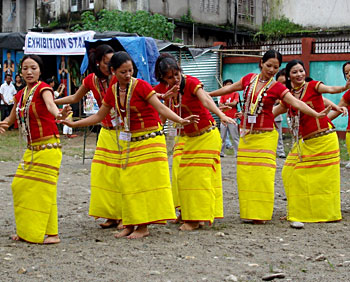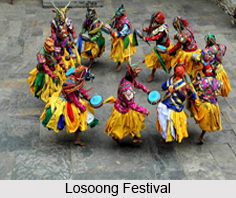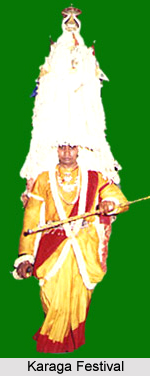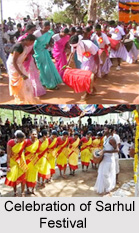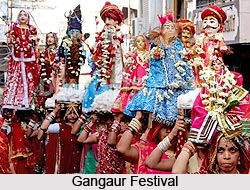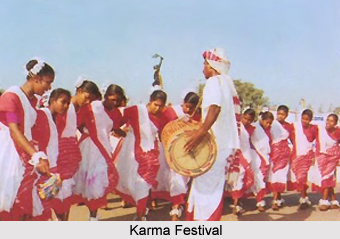Mahanavami Festival was the largest festival in the Vijayanagar calendar. This festival of South India was celebrated in the month of September, which continued for nine days. The principal information of the festival was received from the accounts of Domingo Paez and Fenao Nuniz, who observed the festival during their visit in the city.
The Mahanavami Festival of Vijayanagar represented the splendour, power, religious commitment and affluence of the Vijayanagar Empire. Although the festival was mainly religious but involved a lot of common people of the region. The king of Vijayanagar used to preside over the festival and he also honoured the principal deity of the city.
During the Mahanavami Festival, the nobles of the kingdom used to make a new promise to their monarch and he in return granted them favours. The king used to honour them by offering scarves of honour for their personal use. The king used to honour the nobles in the same every year at the time of the Mahanavami Festival when they had paid him their land rents. The festival used to commence by the kings visit to the statue of the deity and after his sacrifice of twenty-four buffaloes and a hundred and fifty sheep. As these morning rituals of the morning ends, all the captains and chief people come and make their salaam to him and some also may present some gifts to him.
On the day of the Mahanavami Festival, the royal audience arrives in the afternoon. When Krishnadeva Raya was the chief minister of Vijayanagar, it was cautiously stage managed by him. This Salvatinca stands inside the area where the festival goes on, near one of the doors, and from there gives the word for the admissions of all things necessary for the festival. The afternoon events of the Mahanavami Festival mostly involved the dancing of women and wrestling. Their wrestling was different from ours and involved severe blows which could break teeth and put out eyes, and disfigure faces of the participants.
The Mahanavami Festival continued even after sunset. Then the celebration proceeded with drama, fireworks, dancing and displays of wealth. According to Fenao Nuniz, the women used to wear heavy gold ornaments adorned with precious stones during the festival. Each day of the Mahanavami Festival ended with further prayer and sacrifice.
The festival concludes on the ninth and final day. On the concluding day of the festival, two hundred and fifty buffaloes and four thousand five hundred sheep were slaughtered. The final event of the Mahanavami Festival was a military review in which the huge army was lined up in such a way that one could see neither plain nor the hill as that was entirely covered with troops.
The Foreign policy for the next year was also decided on the last day of the Mahanavami Festival by a very direct method. In that process, the Rao takes a bow in his hand and shoots three arrows, namely one for the Yaallcao (Sultan of Bijapur), and the other two for the king of Cotamuloco (Shah of Golconda) and for the Portuguese. According to custom, he had to make war on the kingdom lying in the direction where the arrow reached furthest.
